Agriculture and Environment Newspaper had an interview with Mr. Bui Minh Thanh - Member of the City Party Committee, Vice Chairman of the Ho Chi Minh City People's Committee.
Could you please tell us about the outstanding results, especially the implementation of breakthrough programs that Ho Chi Minh City has achieved in recent years in the field of agriculture, to serve the sustainable socio -economic development of the city?
Over 50 years of construction and development, Ho Chi Minh City has continuously innovated and transformed strongly from traditional agriculture to modern agriculture, applying science , technology and comprehensive digital transformation, associated with the socio-economic development process of the city and the whole country. This is a field with sustainable development, contributing directly to the goal of green growth, improving the lives of rural people and consolidating the position of Ho Chi Minh City as a leading economic center in the Southern region.
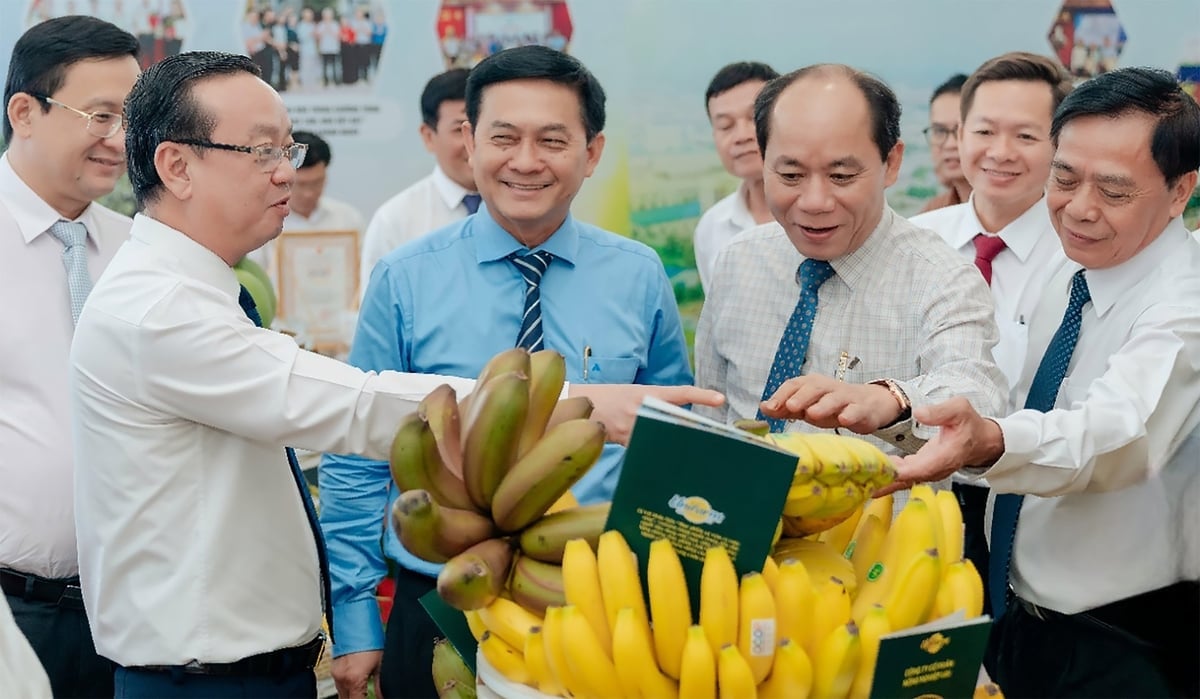
Ho Chi Minh City's goal is not only to develop OCOP and high-tech agriculture, but also to improve the competitiveness and added value of agricultural products. Photo: Nguyen Tu.
After the success of the 2 trees - 2 animals program, Ho Chi Minh City has expanded the program along with the agricultural restructuring policy to convert low-yield, low-value seedlings to higher-yield, high-value seedlings. In particular, the investment stimulus policy - loan interest support for economic sectors when investing in the agricultural sector is considered an important lever, contributing to mobilizing social resources to serve the city's sustainable development goals.
By the end of 2015, Ho Chi Minh City had basically completed the New Rural Development Program according to Resolution 26-NQ/TW on agriculture, farmers, and rural areas, marking an important turning point for the suburban areas. Entering the restructuring phase of the agricultural sector, according to Decision No. 899/QD-TTg dated June 10, 2013 of the Prime Minister, Ho Chi Minh City focused on development towards increasing added value and sustainable development; focusing on developing urban agriculture, high-tech agriculture, biotechnology, associated with traceability, VietGAP - GlobalGAP standards.
In 2025, Ho Chi Minh City aims to grow by 2.5 - 3%, with the average value per hectare of agricultural land reaching 650 - 750 million VND/year, more than 5 times higher than in 2008. Currently, the area of high-tech cultivation reaches more than 13,731 hectares, along with hundreds of high-tech livestock farms. At the same time, the City is expanding 4 high-tech agricultural zones and projects with a scale of nearly 981 hectares, gradually forming an inter-regional high-tech agricultural ecosystem.
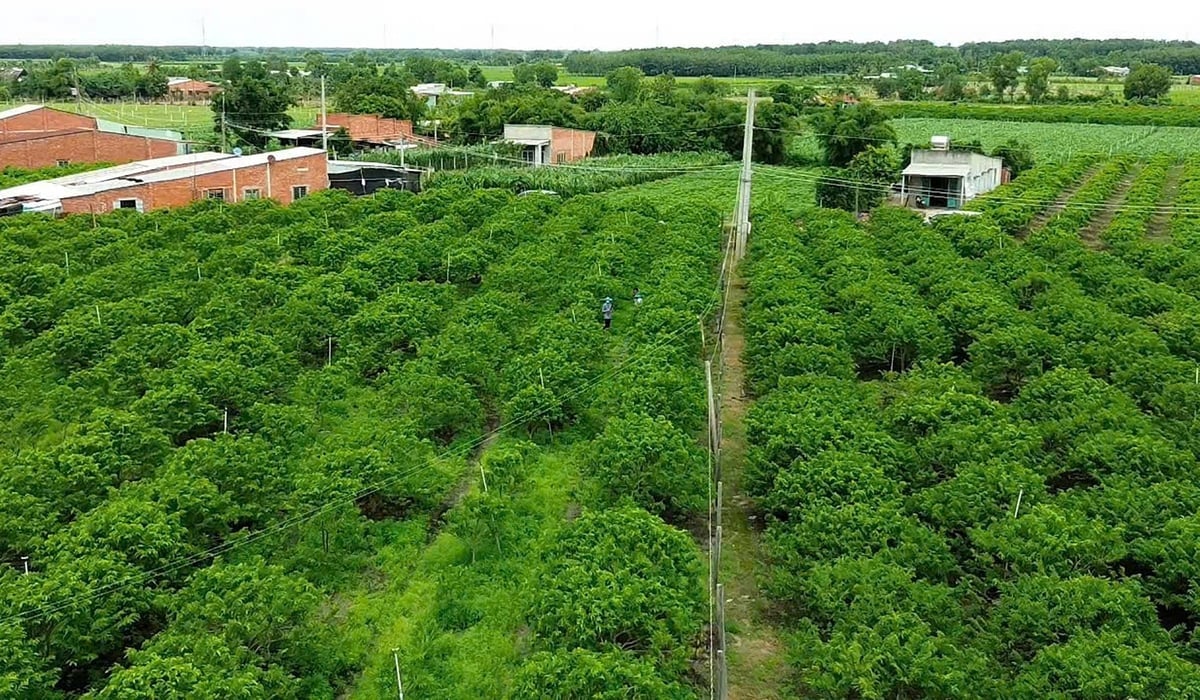
After the success of the 2 trees - 2 animals program, Ho Chi Minh City expanded it into a program and policy to shift the agricultural structure to convert low-yield, low-value seedlings to higher-yield, high-value seedlings. Photo: Tran Phi.
Currently, Ho Chi Minh City has 134/134 communes meeting new rural standards, 128 communes meeting advanced standards, 26 communes meeting model standards, many localities have become pilot models of digital transformation and green agriculture and more than 1,000 OCOP products meeting 3-4 star standards, affirming the pioneering role of Ho Chi Minh City in developing typical products of each locality "One commune one product" - OCOP, linking production with brands and markets.
In particular, Ho Chi Minh City has demonstrated its pioneering and leading role in many areas of restructuring crops and livestock and implementing policies to stimulate investment in agriculture, with 1 dong of budget capital supporting loan interest mobilizing 10 dong of social capital; concentrated high-tech livestock farming areas to create the largest milk supply source in the country; and a center for producing and supplying high-quality seedlings and seedlings for the region and the whole country.
It can be affirmed that the 50-year achievements of Ho Chi Minh City's agricultural sector are the result of a consistent strategy of innovation - creativity - integration, strongly promoting the role of science, technology and breakthrough policies. This is the foundation for the city to continue to play a leading role, contributing to the goal of developing modern, sustainable agriculture, adapting to climate change and deeply integrating into the global value chain.
What important strategies will Ho Chi Minh City implement to create breakthroughs in science and technology, innovation and national digital transformation in the City's agricultural development according to Resolution No. 57-NQ/TW, sir?
Implementing Resolution No. 31-NQ/TW of the Politburo on the direction and tasks of Ho Chi Minh City's development to 2030, with a vision to 2045, and concretizing Resolution No. 57-NQ/TW of the Politburo, Ho Chi Minh City has identified science and technology development, innovation and digital transformation in the agricultural sector as not only an internal growth driver, but also a strategic pillar in regional connectivity, especially with two strategic areas, Binh Duong and Ba Ria - Vung Tau in the past.
The goal of Ho Chi Minh City is to form a high-tech agricultural belt - logistics - processing, ensuring close links, promoting regional advantages and creating a "three-legged tripod" for sustainable development for the entire Southern Key Economic Zone, contributing to turning agriculture into a modern, sustainable development area and deeply integrating into the global value chain. In the immediate future, the City will deploy key solutions.
Accordingly, Ho Chi Minh City will promote the commercialization of scientific research results through the "Four Houses" linkage model: "State - Scientists - Enterprises - Farmers", quickly applying new technologies to agricultural production and processing; designing the Ho Chi Minh City Technology Exchange not only to serve the domestic market but also to connect directly with potential production areas of Binh Duong and Ba Ria - Vung Tau in the past, creating conditions for enterprises, cooperatives and farmers to quickly access advanced technology. At the same time, developing high-quality human resources in the fields of smart agriculture, AI, IoT and big data analysis.
In which, Ho Chi Minh City (old) is the training and transfer center; while Binh Duong and Ba Ria - Vung Tau (old) expand practical applications. This will be a model of human resource development in a chain, helping to shorten the gap in qualifications between localities; accelerate the construction and operation of the Strategic Technology Center that meets international standards on biotechnology, artificial intelligence - big data and smart manufacturing, located in Ho Chi Minh City, with the function of researching, transferring and directly supporting neighboring provinces in applying technology to agriculture.

Currently, Ho Chi Minh City has more than 1,000 OCOP products meeting 3-4 star standards. Photo: Nguyen Tu.
In the long term, Ho Chi Minh City has determined to build a regionally linked high-tech agricultural ecosystem. In particular, the old Binh Duong area will be oriented to develop strongly in deep processing, logistics, commercialization and standardization of agricultural products, taking advantage of existing industrial and transport infrastructure; the old Ba Ria - Vung Tau area will focus on ecological agriculture, high-quality aquaculture associated with tourism and seaport logistics services, promoting the strength of its position as an international logistics gateway; the old Ho Chi Minh City area will play a core role in research, innovation, technology transfer, human resource training and market leadership, connecting regional value chains.
At the same time, Ho Chi Minh City will coordinate with neighboring provinces to complete inter-regional traffic infrastructure through expressways such as Ho Chi Minh City - Long Thanh - Vung Tau, Bien Hoa - Vung Tau, Ben Luc - Long Thanh, etc., helping to shorten transportation time, reduce logistics costs, and promote the formation of a modern and unified agricultural supply chain throughout the region.
In addition to infrastructure, a flexible inter-regional policy coordination mechanism will be built. In which, Ho Chi Minh City (old) plays the role of coordinating and supporting technical, legal, and market; while Binh Duong and Ba Ria - Vung Tau (old) will proactively expand raw material areas and value chains of typical OCOP products. This is a condition for the three regions to participate more deeply in the global value chain and increase regional competitiveness.
With the above approach, Ho Chi Minh City not only continues to affirm its leading role in innovation, but also creates synchronous and harmonious development with Binh Duong and Ba Ria - Vung Tau to form a solid "tripod", contributing to building a modern, green and sustainable agriculture, capable of connecting internationally, enhancing the position of the Southern Key Economic Zone on the national development map.
Thank you very much!
“HCMC is increasing resources, perfecting institutions, promoting technology transfer, and expanding regional cooperation to maximize the advantages of each locality. The goal is not only to develop OCOP and high-tech agriculture, but also to improve the competitiveness and added value of the city's agricultural products, contributing significantly to the sustainable socio-economic development of HCMC and the Southern Key Economic Zone,” Mr. Thanh shared.
Source: https://nongnghiepmoitruong.vn/tphcm-tao-dot-pha-phat-trien-kinh-te-xanh-ben-vung-d781363.html








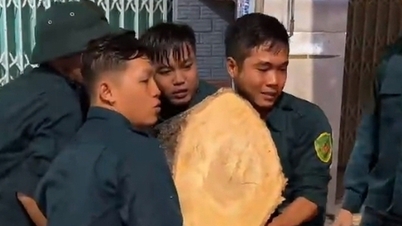


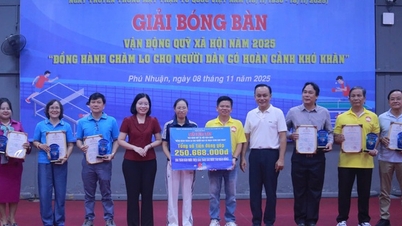











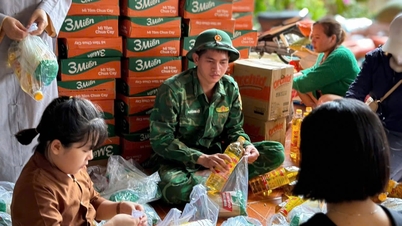





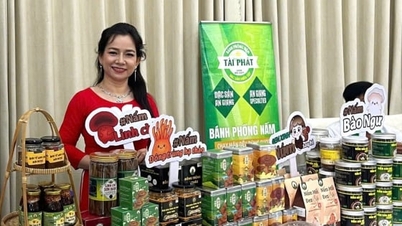
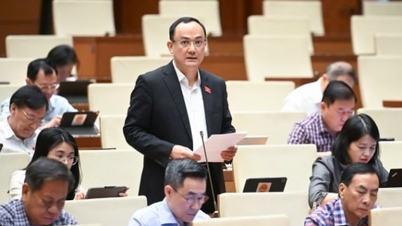


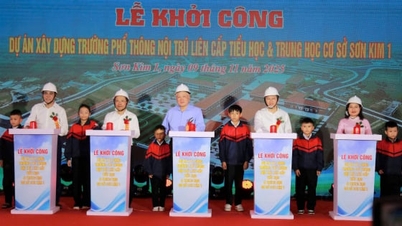
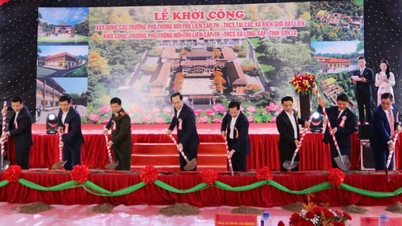










































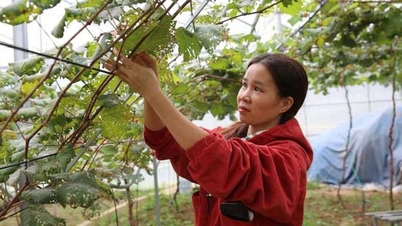
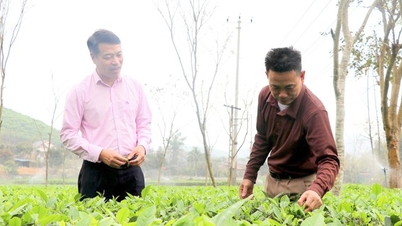
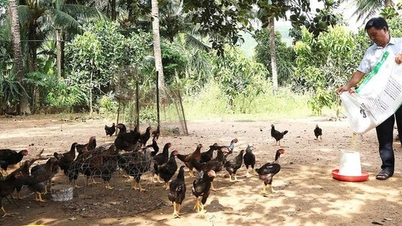




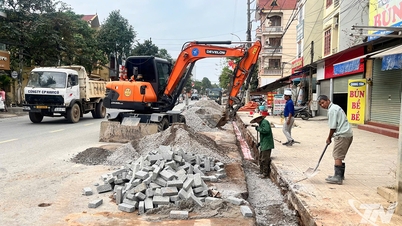



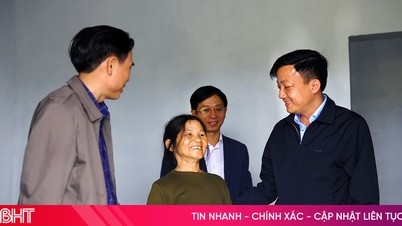

![Dong Nai OCOP transition: [Article 3] Linking tourism with OCOP product consumption](https://vphoto.vietnam.vn/thumb/402x226/vietnam/resource/IMAGE/2025/11/10/1762739199309_1324-2740-7_n-162543_981.jpeg)









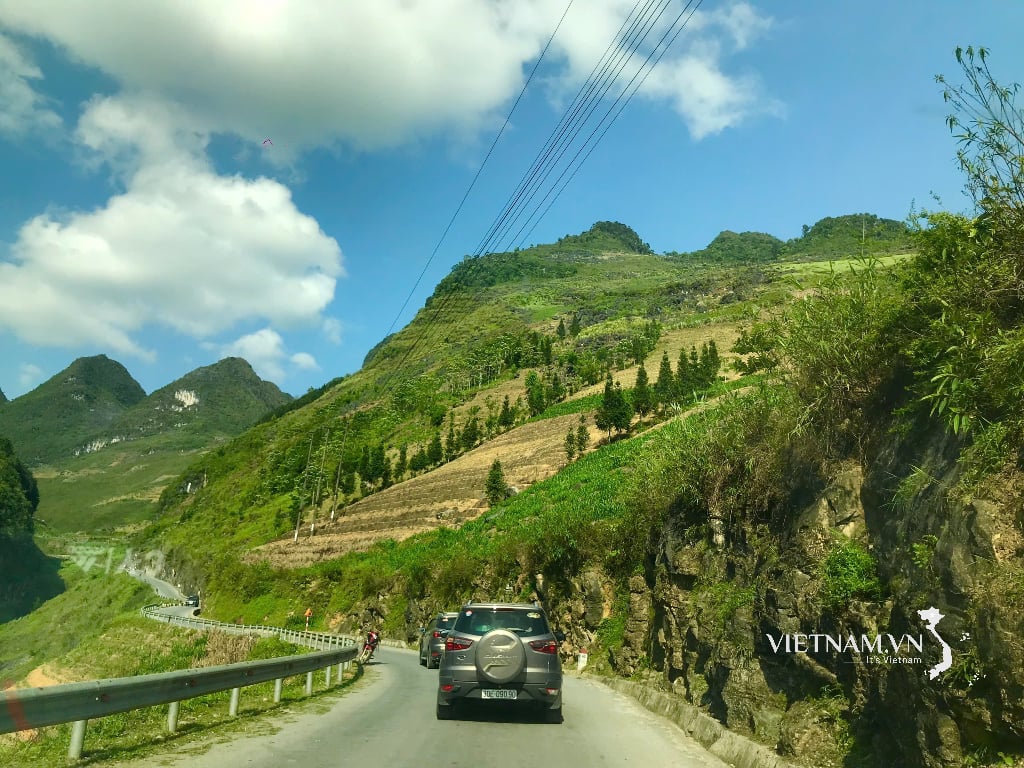

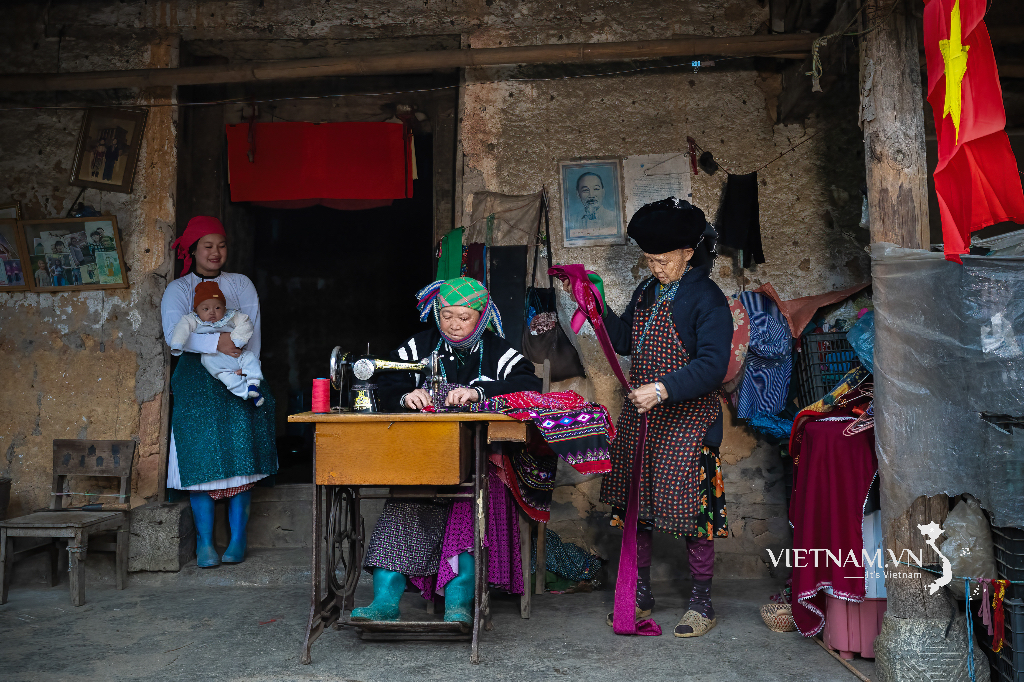
Comment (0)